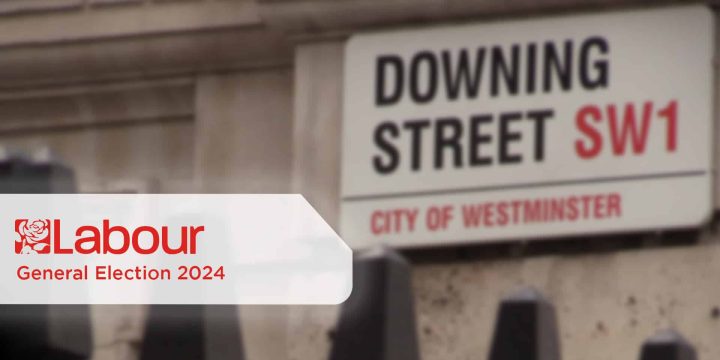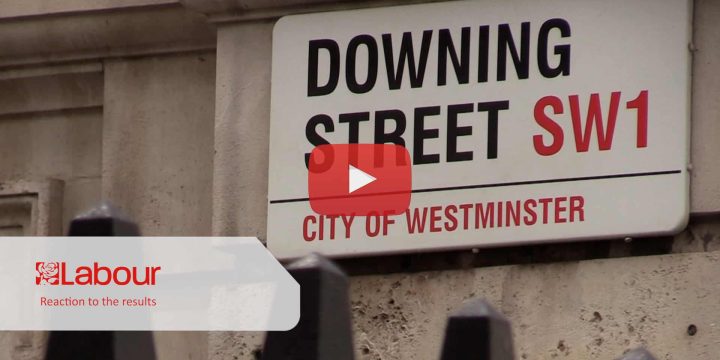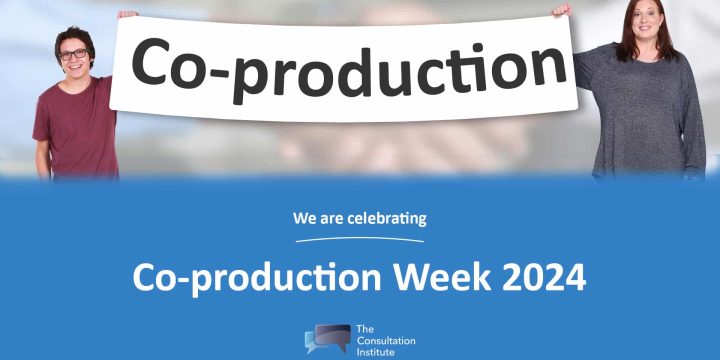News & Insights
Guest Article: Communication vs Engagement: the same thing, right…
Communication is important in basically every aspect of life. It’s integral to successful project management and, used effectively, can help stakeholders understand what’s going on and help reduce public backlash. But what about engagement? Is there a difference between communication and engagement?
It’s an important question and there are notable distinctions worth considering when developing strategies and tactics. Understanding the differences between the two can lead to better outcomes for both stakeholders and organisations, while confusing the two can have adverse results whereby stakeholders can become disengaged, or worse, feel ignored.
Often associated with a two-way conversation, communication is more often than not one-way and focuses on what to say and who to say it to, while engagement is more about who to listen to and what feedback you seek to elicit.
Communication controls the narrative of information with mass communications sent to stakeholders telling them what’s happening. But is that engaging? Distributing newsletters, sending out notifications, updating a website, issuing a press release, and posting a video on social media can be one sided and not like a conversation at all. It’s only when dialogue ensues, and the conversation becomes two-way that you transition from communication to engagement.
Let’s say I need to communicate a message to a group of stakeholders about a proposed change that’s coming their way. I carefully craft a message, include strategic positioning statements, detail what’s going to happen, when it’s going to happen, and what my stakeholders need to do to prepare themselves, and then I press send. Voila – I’ve communicated to my stakeholders! But are they engaged? In short, not necessarily.
Engagement involves speaking with people, following up your communication and checking in with your target audiences and asking them, “Did you get my email? What did you think about my proposal? Have you got any concerns or issues? What can I do to support you?” When a two-way dialogue commences, bingo – they are engaged, but don’t expect them to remain engaged forever. If you want to keep stakeholders engaged, you need to figure out how to involve them in a way that has them take ownership of what is happening.
Engagement builds on communication and supports building meaningful two-way relationships; it creates a feedback loop that enhances perception and emotion. Engagement is about building relationships through participation.
Occasionally, in advance of a stakeholder exercise, I reach out to key stakeholders and ask them what their priorities are, whether they think what I’m doing is going to work, or if they have any suggestions for alternative ways of getting a result. If they give me their suggestions, I ask them if there is anything that they could do to help make sure their organisations get the message and understand what they need to do.
If that works, then they’re engaged! And if they start adding to the plan, driving it, and making it their own, that’s even better. It’s a simplistic view, but it really helps to be able to distinguish between communication and engagement.
What is the best way to get your high influence stakeholders on board? Connecting with them? Making them feel like you’ve prioritised or listened to their needs?
Say you’ve had Cllr Jones call you every week complaining because of your project’s construction and the extended route residents must take every day to get to and from work is having a negative impact on their daily lives. You’ve tried explaining why construction is taking so long and what the benefits will be once completed, but the problem still occurs, Cllr Jones angrily continues to call you every week.
Finally, one day you’re out on site and decide to go see Cllr Jones to better understand their concerns. Cllr Jones explains the impact of the route; how the blocked access creates long diversions and how noisy construction works keeps families up late at night. Using local knowledge, Cllr Jones suggests an alternative diversion route that can be easily implemented during the next phase of works. With some negotiation and a bit of planning, the team agrees to make changes, and the phone calls suddenly stop. You’ve helped turn an irate stakeholder into a potential supporter of the project.
Sometimes sitting down with a stakeholder can really give you insight into why they’re against, or excited for your project. Taking the time to listen to concerns a stakeholder has and really trying to see their point of view instead of just adding their comments to a database can potentially turn them from an objector to a promoter of your project.
Effective engagement depends upon meaningful interaction. Engagement requires the participation of both the speaker and listener. It’s about connecting, being attentive and acting in good faith. When successful, stakeholders feel heard and know their opinions matter. This is fertile ground for problem solving and collaboration. Stakeholders benefit when they can work together with project proponents and projects benefit when stakeholders share key information that can impact a project.
Communication vs Engagement
Certainly, communication and engagement overlap and, in many ways, complement each other. Companies that prioritise effective communication, follow-ups and genuine engagement will see stakeholders become more involved and more co-operative. Communication chooses and controls channels, while engagement joins somebody else’s channels. The former determines the rules of engagement, the latter follows somebody else’s rules.
In the end, it comes down to what your organisations or project needs are. Do you need to sit down and have a chat with your stakeholders about what their needs are and take on board what they’re saying? Or is it enough to keep them updated and informed?
Although communication can happen without engagement, engagement cannot happen without communication. Understanding the differences is important.
Communication has the intent of “Hear Me.” Engagement has the intent of “I’ll Listen.”
About the author
Damian Greenfield
National Highways Stakeholder Engagement Lead
Damian Greenfield is a Stakeholder Engagement Lead at National Highways, which plans, designs, builds, operates, and maintains England’s motorways and major A roads. He is also an Associate at the Consultation Institute, specialising in creating and delivering stakeholder engagement and public consultation strategies, developing stakeholder insight and risk and identifying, and mapping stakeholders across the public sector with special focus on transport.




